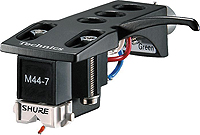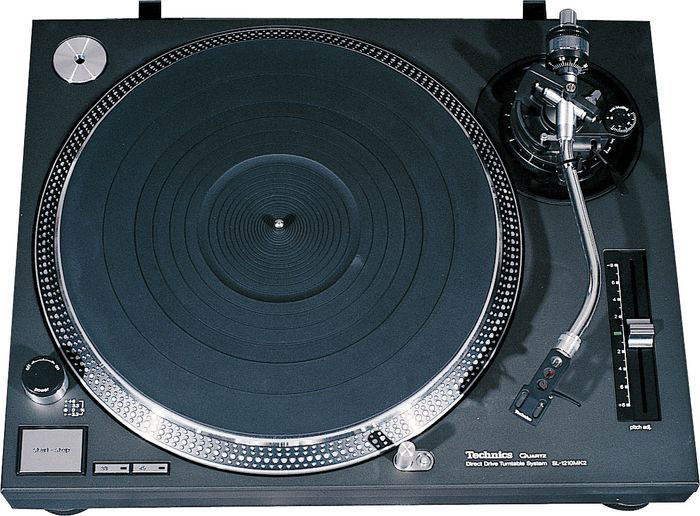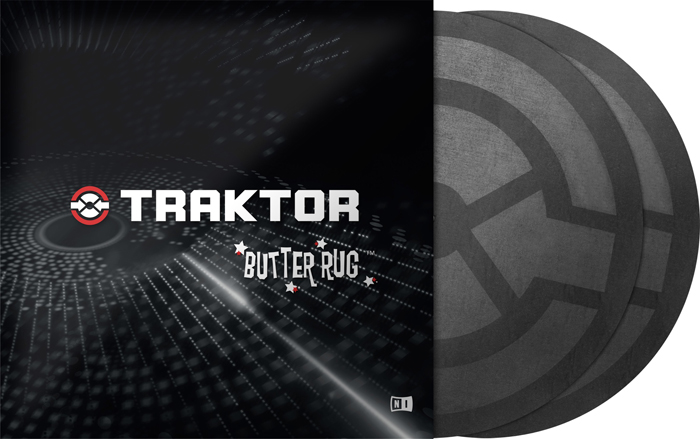| |
Beginner's Guide To Turntables
This is a quick guide that will explain key component; what they mean and what they do.
Here are some things you should know about preamps:
- Some turntables have a preamp built-in.
- Some older amplifiers and stereo systems also have preamps built-in (look for inputs marked PHONO).
- DJ mixers function as a preamp.
- If your turntable has a USB output, it has a built-in preamp.
- If you do need an external preamp, you will need a set of cables (usually RCA cables) to connect to your audio system.
- Preamps have a wide range when it comes to build and sound quality. The cheapest preamp costs less than $50, the most expensive will cost over $500.
WHAT YOU'LL NEED
- Turntable
- Preamp (built-in or external)
- Amplifier / Stereo System
- Speakers / Headphones
BULLET POINTS
- This is the most common turntable setup.
- You can easily add a turntable to your existing stereo system, just make sure to figure out whether you need a preamp or not.
|
 |
WHAT YOU'LL NEED
- Turntable
- Cartridge
- Preamp (built-in or external)
- Active Speakers
BULLET POINTS
- This is the most streamlined setup.
- Connect your turntable / preamp directly to an ACTIVE speaker.
- An active speaker is self-powered and does not require an additional amplifier or stereo system. An active speaker will always have a power cord.
|
 |
WHAT YOU'LL NEED
- Turntable
- Cartridge
- Preamp (built-in or external)
- Computer
BULLET POINTS
- If your turntable has a USB output, you can plug it directly into your computer.
- If you're not using a USB output, you'll need an adaptor to input into your computers audio input (which is usually an 1/8" / headphone style input)
|
 |
WHAT YOU'LL NEED
- Turntable
- Cartridge
- Amplifier / Stereo System with Phono Input
- Speakers / Headphones
BULLET POINTS
- Some stereo systems have a preamp built-in and will accept a PHONO signal.
- Plug your turntable directly into the input marked PHONO
|
 |
- Belt Drive Turntables feature an independent motor that drives the platter via a rubber belt.
- Direct Drive Turntables have a platter that is integral to the motor.
- Belt Drive Turntables are not suitable for DJing, Direct Drive Turntables are suitable for DJing.
- It is generally believed that belt drive turntables have better sound quality because they produce less outside noise and vibration.
- Direct Drive Turntables generally feature sturdier builds, stronger torque, and faster start-up times.
- Technics 1200 Turntables are an example of a turntable that excels both in DJing and listening situations.
- Pro-Ject's Debut Carbon is our bestselling belt-drive turntable.
- Turntables that do not have a built-in preamp need grounding.
- Turntables that need grounding feature a cable that needs to be attached to your preamp (whether it's an external preamp, mixer, amplifier).
- Turntables that are not grounded will produce an obvious humming sound.

- Most new turntables come with cartridges, but make sure to verify this before purchase.
If you're buying your first listening turntable setup, go with the tried and true like Shure's M97xE.
- If you plan to buy a cartridge for your turntable, figure out if you need a headshell-mounted cartridge or a cartridge that directly mounts to your tonearm (turntable arm).
- Some cartridges, such as the Ortofon Concorde series, bypass the headshell and plug directly into a tonearm.
- Generally, the more expensive the cartridge the better the sound quality, power output, frequency range, and tracking (how the needle rides the record groove).
- There are specific cartridges for DJing, however, these cartridges will work fine for listening purposes. The opposite (using a listening cartridge for DJing), however, is not recommended.
- Most cartridges are Moving Magnet (MM). Because of price and maintenance issues, Moving Coil (MC) should be purchased by advanced users only.
- When you decide on a cartridge do some research on setting up the cartridge properly in terms of alignment and weight.
- Turntable mats serve multiple functions: record protection, sound improvement, and friction reduction for DJing.
- Felt Mats are the most versatile and can be used for both listening and DJing. Felt mats allows you to hold the record while the platter still spins. In addition, felt mats improve sound quality.
- Rubber Mats are especially good at dampening vibrations.
- Cork Mats are popular amongst audiophiles and are known to open up the sound spectrum.
- RPM / Revolutions Per Minute: Records are recorded to be played at 3 preset speeds: 33 RPM, 45 RPM, and 78 RPM.
- RCA: A type of cable that carries left and right channel signals. Most turntables feature RCA output cables.
- Tracking force: How much pressure is concentrated at the cartridge needle.
- Tonearm Weight / Counterbalance: The weight on the tonearm that controls tracking force.
- Torque: The power of the turntable motor. A DJ turntable should have high torque.
- Pitch Control: The control that allows you to adjust the speed of the spinning platter, usually measured in percentage.
- Anti-Skating: Some turntables feature this control which helps the needle ride the center of the record groove.
- Acrylic Platter: A favorite add-on of audiophiles. Replacing the standard platter with an acrylic platter drastically improves sound quality. No mat is needed with use of acrylic platter.
|

If you don't see it, it doesn't mean we don't have it.
If you are interested in a certain product,
but don't see it on our website, please call us or e-mail us!
*All products subject to available stock.
Copyright © 2014 by www.123DJ.com















